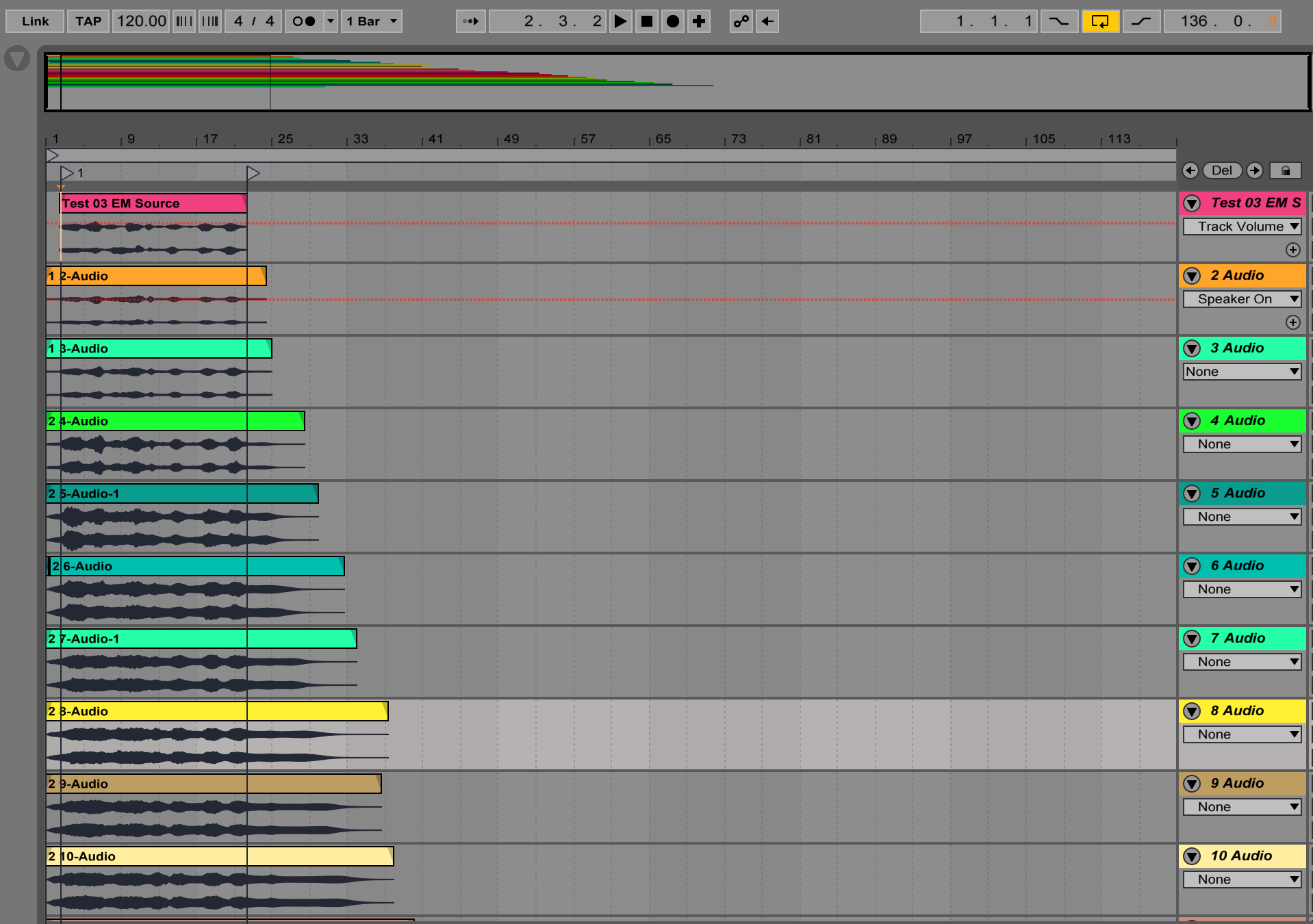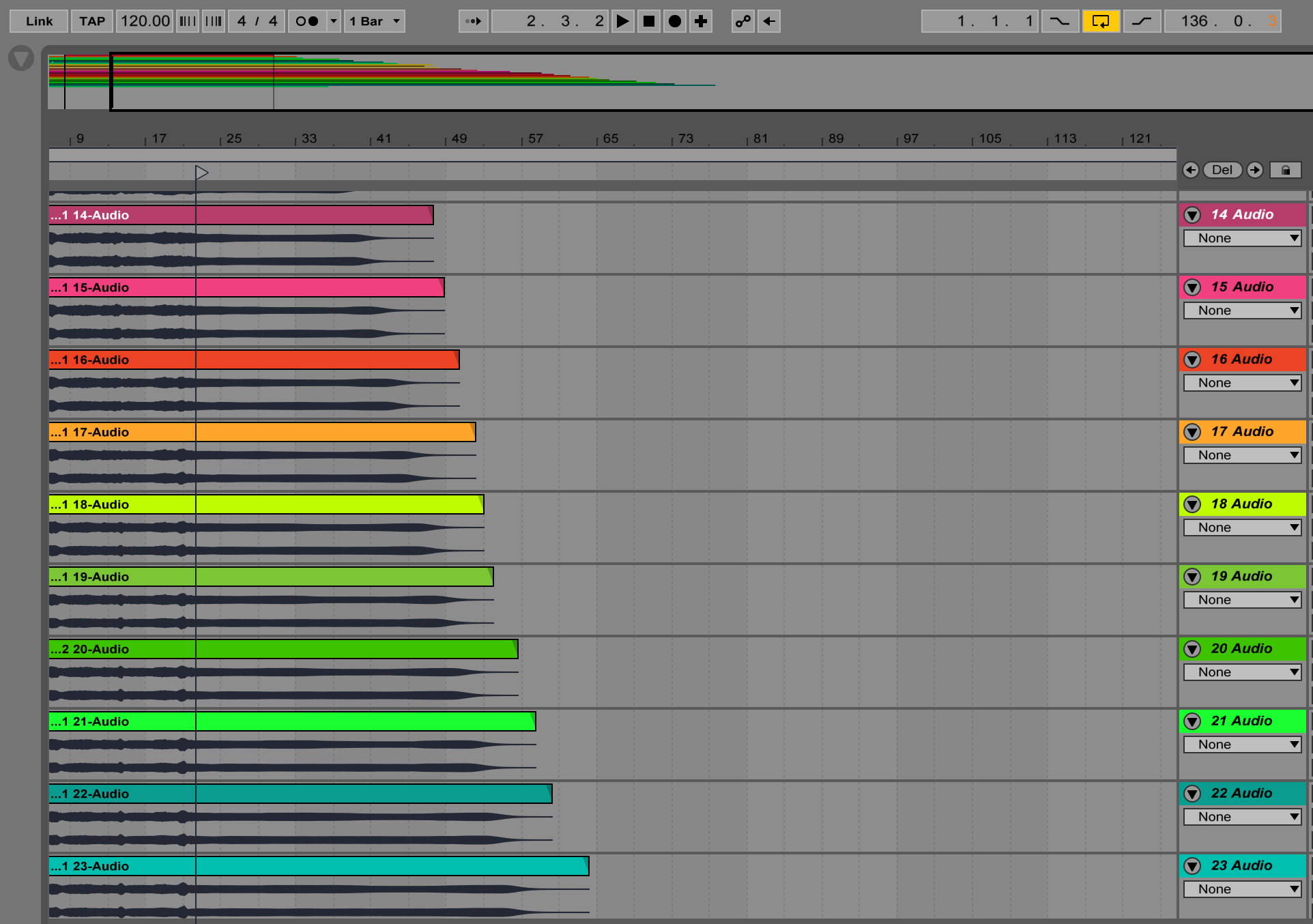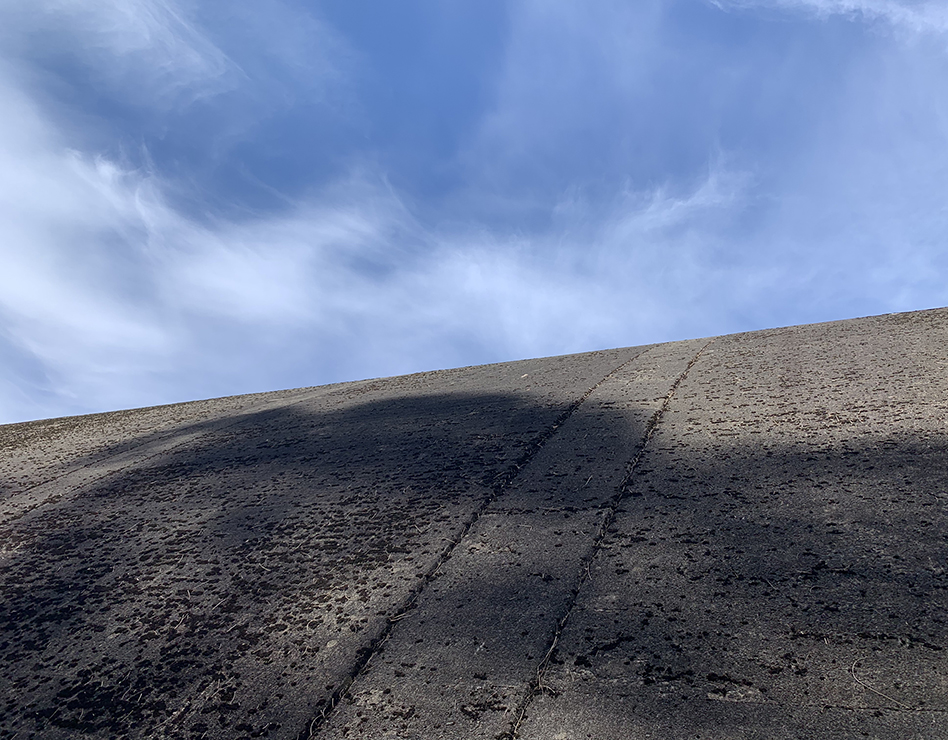Two days ago, a huge volume of water was discharged from Lake Guy (I guess this was done in anticipation of the coming rain). This release transformed the shapes, colours and textures around the edges of the lake – shifting the frame – and with this bearing of muddy banks, came a shift in my awareness.
A patterning of boulders surfaced and fallen trees emerged around the bank, like straws in an empty glass. This new contour loosened the edges around the lake and expanded the earth, relative to the romantic and imagined depths of the water, which had previously met with the sides of the lake’s body.
Unknowingly, I had fixed a background of ceaseless reflections; the water sliced between the thick presence of the Manna Gums. However, the extraction of what was soon-to-be excess returned the sensations of Lake Guy to my body. The lake once again presented itself as it did when I had first arrived at Bogong, though different; the frame had expanded through process of withdrawal.
For Deleuze, ‘the first frame is an excavation’, and the framing of the earth is ‘how chaos becomes territory’ . Here at Bogong Village, in an effort to organise the earth and territorialise this landscape, the East Kiewa River was excavated, and the frame of Lake Guy was established. Of course, this body of water is not the only frame here. The monolithic architecture of Junction Dam and the associated structures of The Kiewa Hydroelectric Scheme are also dominant frames, which continue to perform their territorialisation through their exisitence and the repetition of swallowing chaos inside of their frames. Less dominant though, are the frames created by Banded Sugar Ants, which provide an entrance to the earth, through tunnels which are not unlike those that constitute The Kiewa Hydroelectric Scheme. One of the first frames here could be considered the fish traps formed by the people of the Dhudhuroa and Jaitmatang language groups, which are ‘carefully built out of rocks or based around a tree that was felled across the river by undermining its root system’. These fish traps are a frame that is ‘designed so as to allow smaller fish through to breed, whilst holding bigger ones back’.
One of my projects here, Junction Re-Sonant, is also an excavation, a framing, and therefore a territorialising. Junction Re-Sonant is a series of iterative recording/playback experiments that exist as a frame within a frame (within a frame, ad infinitum). The source recordings, used to compose the first frame, are EM recordings that are extracted from the electromagnetic conditions inside the Junction Dam and transduced into acoustic energy. The second frame is an amplification of the internal architecture of the Junction Dam. The third frame contains the resonance produced from the output of the previous frames – and so, the process continues in this way; folding and unfolding the Junction’s ambiences, each frame metabolising the next.
These frames are not only the fabrication of a sonic territory through which sensations emerge, they are an experimental deterritorialization and reterritorialization of the Junction Dam (as an existing territory). Further, through sensation, these frames enact this process of territorialisation, deterritorialization and reterritorialization upon the composition itself. Each frame concentrates the variation and intensifies the sonorous textures from which the previous frames were drawn, enabling each of the frames ‘to revert to the chaos from which they were temporarily wrenched’. It must also be said that (for me) a principal frame of this work is the human hearing spectrum, which determines its borders at 20 to 20,000 Hz.
These sonic extractions are ‘experiments in intensification’ and transformation, that draw from chaos to extract and bring into being sensation. Like the fluctuating waters of Lake Guy, these intensifications encourage a shifting frame of ecological awareness.
I would like to acknowledge the people of the Dhudhuroa and Jaitmatang language groups on whose unceded lands and waters my work here has been done. With gratitude, I pay my respect to Elders past, present and emerging, and recognise the Dhudhuroa and Jaitmatang peoples’ continuing connection to land, waters and community. Thank you to the Kiewa Valley Historical Society and Karen Wykes for your insights and generously sharing your time. Madelynne Cornish, thank you for encouraging and entertaining my thoughts and experiments during my time here, thank you for amusing me with your stories of crayfish – may we never know the sounds of Bogong.
The generative composition frames (f) of Junction Re-Sonant.
EM
EM + f1
EM > f 1 + f 2
EM > f 1 > f 2 + f 3
EM > f 1 > f 2 > f 3 + f 4
EM > f 1 > f 2 > f 3 > f 4 + f 5
EM > f 1 > f 2 > f 3 > f 4 > f 5 + f 6
EM > f 1 > f 2 > f 3 > f 4 > f 5 > f 6 + f 7


